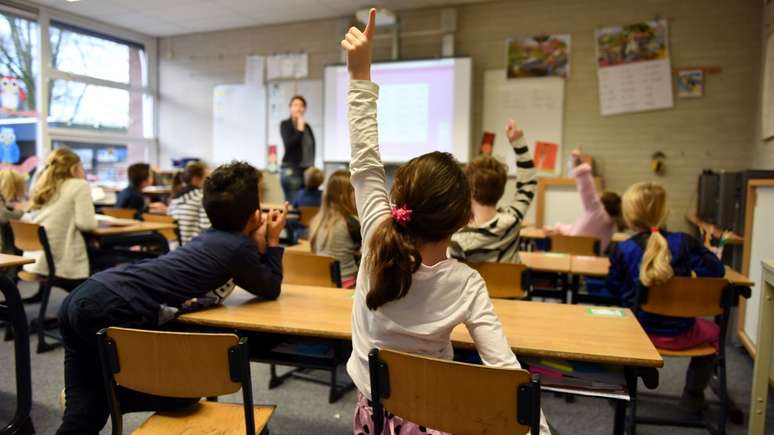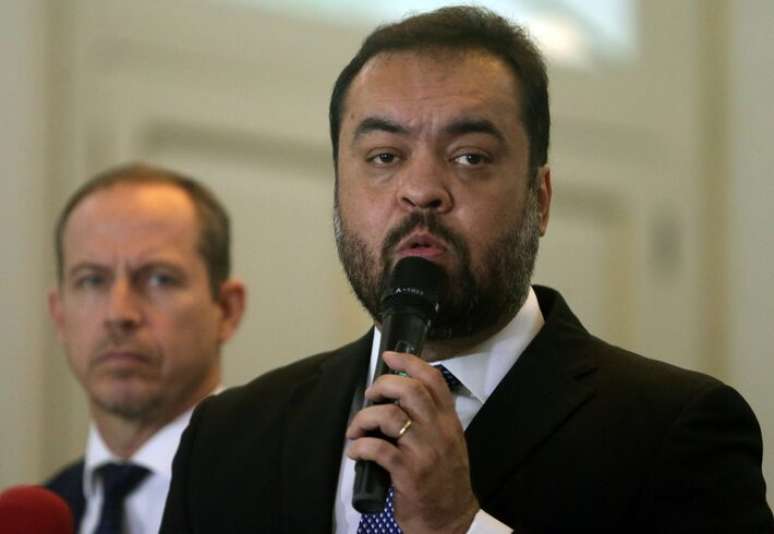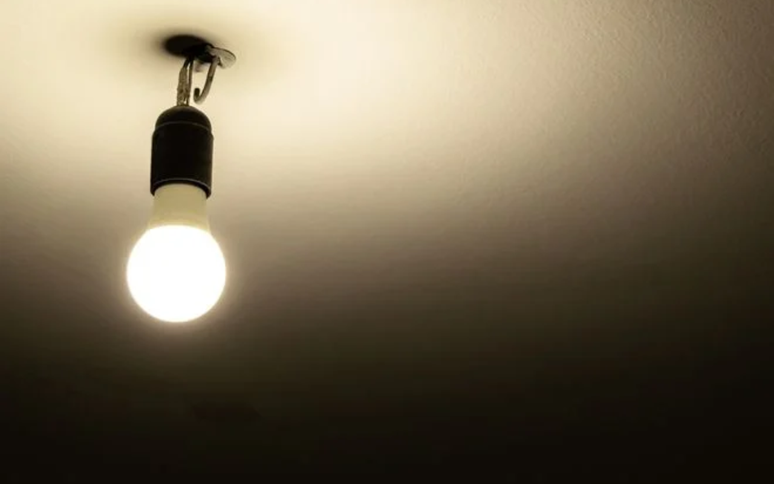The Northern Region is the one with the highest ratio between the number of religious institutes and the total population
Researchers consider it relative that Brazil has more churches than schools and hospitals. They also question comparisons made based on this data, released by the Brazilian Institute of Geography and Statistics (IBGE) earlier this month.
What does the survey say?
The survey, which is part of the 2022 census, presents a mapping of 111.1 million establishments in Brazilian territory. Of these, 579.8 thousand are linked to churches, regardless of belief. This includes, in addition to churches, synagogues, temples, spiritualist centers and terreiros, for example.
Educational institutions have 264.4 thousand locations and healthcare institutions have 247.5 thousand addresses. The consolidated data constitute the National Register of addresses for statistical purposes (Cnefe).
A Northern Region It is the one with the highest ratio between the number of religious institutes and the total population. There is, therefore, 79,650 churches in the states of Acre, Amapá, Amazonas, Pará, Rondônia, Roraima and Tocantins, which represents an average of 459 per 100 thousand inhabitants, almost double the value of the whole of Brazil.
Comparison
For the teacher Matteo Cavalcanti Pestana, of the School of Communication, Media and Information of the Fundação Getulio Vargas (FGV), is “alarming“There is only a numerical comparison. “They are incomparable things precisely because they serve audiences with different focuses, they have different structures. Those who go to church are also treated in hospital and study at school.”
In this sense, Pestana adds that, even if the data were comparable, the conclusion would not add much. “Let’s imagine a comparison: in commonjustify.
Prejudice
An associate researcher at the Institute of Religious Studies (ISER), he says, however, that comparisons that lead to the understanding that there are many churches in the country reveal a certain degree of religious prejudice.
“It was evident, among several commentators, that there was an association between ‘the high number of religious institutions’ and the fact that ‘most of these places are made up of evangelical temples’. This was never said,” criticize the teacher. He acknowledges that other research shows, for example, growth in the number of evangelical churches and stresses that this is not a census result.
Furthermore, the professor notes that the IBGE does not identify the religious affiliation of the institutes. “It could be a Catholic cathedral that serves thousands of believers, or an evangelical church that welcomes ten people, or a Candomblé terreiro that has been there for generations, or a spiritualist center.”
Pestana underlines that Brazil is a religious country, with a plural religious formation and the coexistence of different faiths, which should be fuel for religious tolerance. “Tolerance is something that needs to happen not only between religions, but also between non-religious segments”He states.
Finally, the specialist Iser Ronilso Pacheco also criticizes the data comparison. “You can argue about this growth. But someone had the brilliant idea of comparing it to the number of schools and hospitals, like [se] the three things had the same construction process, similar institutions. Wrong.“
1/4. The United States has more churches (“churches,” not just temples) than schools and hospitals combined. The UK has more temples than schools and hospitals. France has more churches than schools. Why are these basic data reported as surprising?https://t.co/N5tVHfEkve
— Ronilso Pacheco (@ronilso_pacheco) February 2, 2024
Source: Terra
Rose James is a Gossipify movie and series reviewer known for her in-depth analysis and unique perspective on the latest releases. With a background in film studies, she provides engaging and informative reviews, and keeps readers up to date with industry trends and emerging talents.








